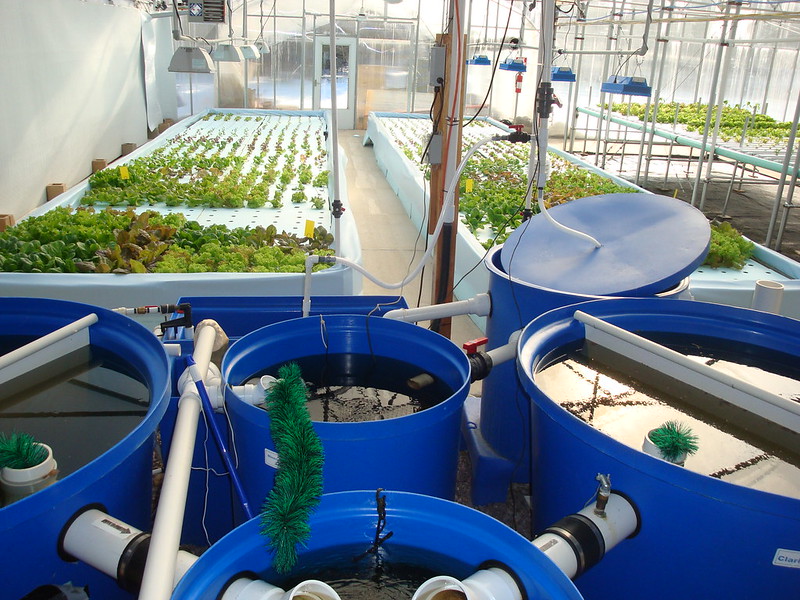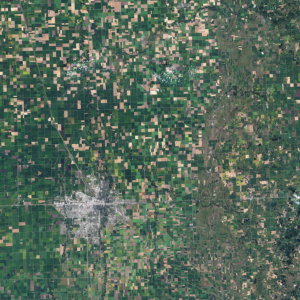
Although coverage of Russia frequently circulates the international news cycle, the prevalence of poverty in the country is relatively unknown. Unbeknownst to the general public, many Russians live in unacceptably impoverished conditions and face varying levels of food insecurity. Recent developments in the Russo-Ukrainian War have exacerbated these issues to extend beyond domestic borders, leading to a global food crisis. Despite hunger levels in Russia still considered to be low overall today, the government and NGOs must amplify their concerted efforts to address the now escalating nature of both poverty and food insecurity throughout the country.
10 Facts About Hunger in Russia
-
Poverty Rate: Although the rate of poverty in Russia has reportedly fallen to 7.2% as of 2024 – a historic low for the country – sources such as The Insider claim that this figure is a reflection of calculations that have been modified to align with presidential decrees that have required the government to reduce poverty to under 7% of the population by 2030. According to the country’s Central Bank, the reality is that one in four families in Russia barely earns enough to cover basic nutritional needs.
-
Conflict: The Russia-Ukraine war has significantly worsened hunger throughout the country. Significant damage to agricultural infrastructure and transportation has negatively impacted the most vulnerable populations, including children and those living in poverty, subjecting them to rising food prices and reduced food availability. In 2022, over 9% of children in Russia were estimated to have fallen into poverty as a result of the economic collapse and famine caused by the war.
-
Income Inequality: Russia faces significant income inequality, which has disproportionately fueled poverty and hunger rates among lower-income groups. While the poor are currently suffering from debt overload due to inflation outpacing their wages, the wealthy have benefited from welfare benefits that have allowed them to accumulate even more capital. Both government and independent data confirm that this income gap is rapidly widening, with the incomes of Russia’s richest 10% growing twice as fast as those of the poorest 10%.
-
Rising Food Costs: Food prices in Russia have been experiencing a significant surge, with staples such as olive oil, beetroot and cabbage seeing increases of over 20% in 2024. These price hikes have been largely driven by inflation and military spending for the ongoing Russia-Ukraine war, which have severely impacted the Russian economy and consumers.
-
Climate Change: Russia’s southern regions are reportedly becoming drier and hotter as a result of global climate change, which is predicted to reduce grain output throughout the country. A rise in temperature is also expected to increase water scarcity and encourage pest proliferation, placing the country at high risk of famine. This phenomenon has the potential to not only affect food supply domestically, but internationally as well, most notably authoritarian regimes in the Middle East that rely heavily on Russian produce.
-
Obesity: In 2023, nearly 2.5 million Russians were reported to be obese. The average diet in Russia is unbalanced and deteriorating in quality, which has increased the prevalence of metabolic disorders such as obesity, diabetes and high blood pressure as well as other micronutrient deficiency diseases. The low accessibility and affordability of nutritious foods such as fruits and vegetables continue to drive up obesity rates, particularly in rural regions, which are generally of lower socioeconomic status than their urban counterparts.
-
Global Food Crisis: According to the Council of the European Union, the Russian-Ukrainian war has provoked a global food crisis. Due to the trade sanctions placed on both countries throughout the past decade, key exports from Russia and Ukraine such as grain have drastically declined in number, which has resulted in major food security concerns on an international scale. The Food and Agriculture Organization of the United Nations (FAO) predicts that millions of people will remain chronically undernourished in 2030 as a direct consequence of the war, despite humanitarian efforts to provide funding and replenish food supplies for affected countries.
-
Success in Reducing Poverty: On May 7, 2018, Russia declared an initiative to halve the level of poverty in the country by 2024. To help achieve this goal, the country has implemented a stimulus plan worth $400 billion intended to build new infrastructure and invest in research. Since establishing this program, Russia has made significant strides in reducing hunger and severe food insecurity domestically, earning a score of 5.8 – indicating a low level of hunger – in the 2023 Global Hunger Index (GHI).
-
Investing in Agriculture: Since 2014, the Russian government has actively pursued nationwide agricultural self-sufficiency, with the intent of reducing its reliance on imports and strengthen food security. Major subsidies for domestic farmers and agri-tech firms have expanded food production capabilities throughout the country, yielding enough basic foods to curb the impact of unexpected external factors such as famine. As of today, Russia has achieved nearly absolute self-sufficiency for key products such as fish, meat and sugar and hopes to exceed current sufficiency levels in the near future.
-
Foodbank Rus: One of the organizations actively working towards preventing hunger in Russia is Foodbank Rus, the largest food bank in Russia. Since 2012, the charity fund has distributed 50 million kilograms of produce and products to those in need, prevented 230,000 tons of CO2 emissions and helped ensure food security for hundreds of thousands of people every year. One of their most influential projects, National Lunch, engages the local community to curate packages for the food insecure with nutritional foods such as rice, buckwheat, peas, rolled oats, pasta, dried mushrooms and oil. The organization hopes to establish locations in all regions within Russia by 2030 to extend the reach of its programs.
Hunger in Russia remains a serious problem that is often misreported to comply with state-issued standards. Furthermore, the Russia-Ukraine war has recently catalyzed a global food crisis that has plunged millions of people into poverty and hunger. It is thus crucial to understand that more governmental and NGO programs are needed to combat food insecurity in Russia.
– Chace Pulley, Moon Jung Kim
Photo: Flickr
Updated: April 15, 2025








 Food insecurity plagues approximately 14 million South Africans. Poverty and unemployment are the two leading contributors of hunger in South Africa, caused in part by the 2008 global economic crisis, which limited job creation opportunities and the purchasing power of South African households. The nation’s economy has also been stagnant, at a growth rate of 3.3 percent since 2011 and shows little signs of improvement. In 2006,
Food insecurity plagues approximately 14 million South Africans. Poverty and unemployment are the two leading contributors of hunger in South Africa, caused in part by the 2008 global economic crisis, which limited job creation opportunities and the purchasing power of South African households. The nation’s economy has also been stagnant, at a growth rate of 3.3 percent since 2011 and shows little signs of improvement. In 2006, 